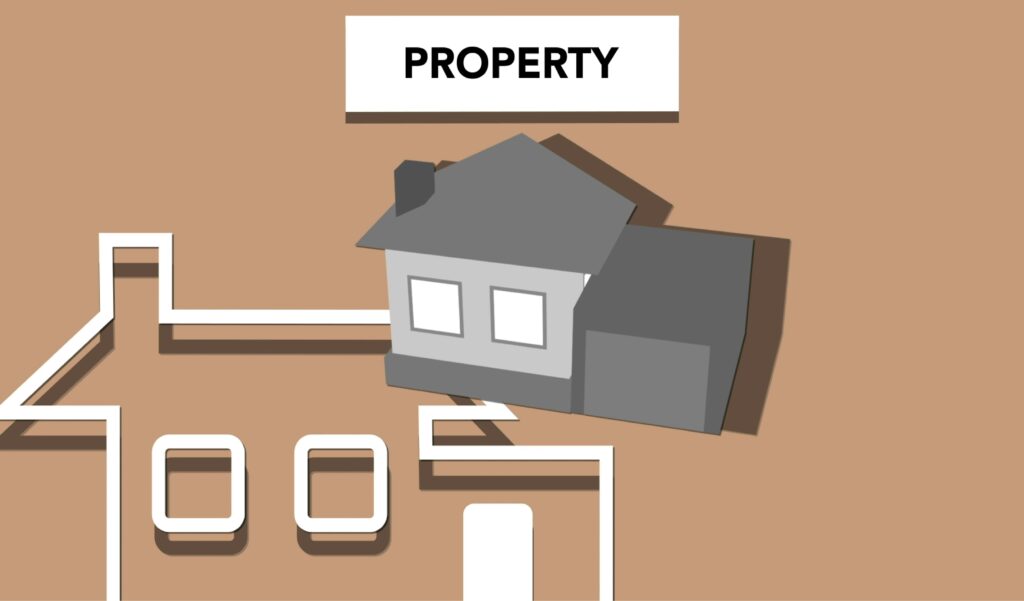The Process of Real Estate Development, Appraisal, and Finance
Real estate has traditionally been a cyclical business, and that characteristic has fundamentally shaped the industry. The basic real estate cycle, proceeds as follows: economic expansion, robust construction, rising occupancy and increasing rents, good times, easy money, abundant financing at good rates, and boom times, resulting in overbuilding, oversupply, and a glut that may take years to absorb.
A real estate recession results when new-construction starts come to a virtual halt but, because of long planning and construction time frames, completions continue to come on line. Occupancy as well as rents fall, particularly after adjusting for inflation, specials, incentives, and discounts. Eventually, as the overcapacity is worked off, occupancy and rents begin to rise again, and the final recovery phase begins. Boom followed by bust has long been a hallowed real estate tradition.
Many argue that increasing sophistication in the industry, more institutional ownership with accompanying oversight, increased accounting transparency, and greater financial discipline imposed by the involvement of Wall Street capital markets will dampen, if not eliminate real estate cycles. Computerization and the Internet are revolutionizing the flow of information in the industry, and only time will tell the full impact of all these changes.

Also Read: A Comprehensive Study on the Real Estate Sector of Bangladesh
